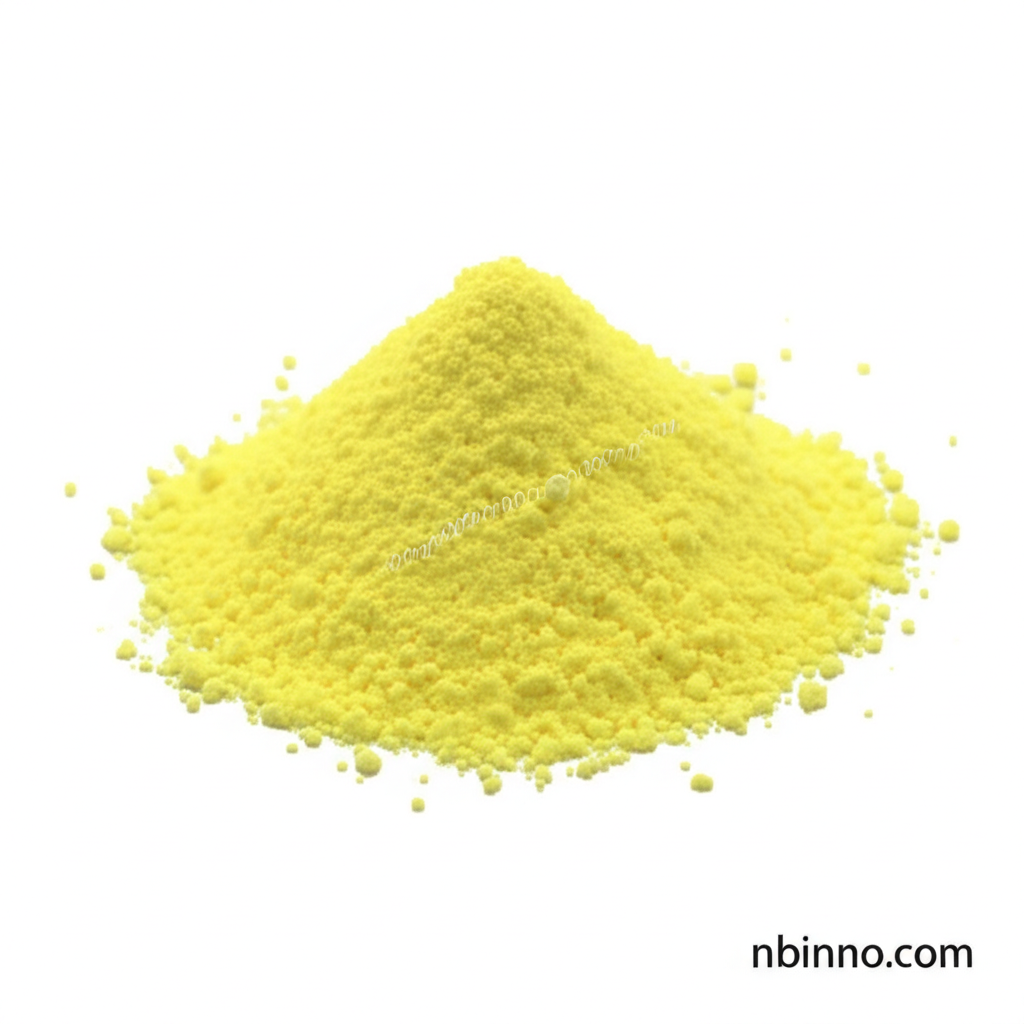Sodium Metabisulfite: Properties, Applications, and Safety Guide
Discover the versatile uses of Sodium Metabisulfite as a key preservative, antioxidant, and disinfectant across various industries.
Get a Quote & SampleProduct Core Value

Sodium Metabisulfite
Sodium Metabisulfite (CAS 7681-57-4) is a critical inorganic compound valued for its potent disinfectant, antioxidant, and preservative capabilities. Its ability to release sulfur dioxide makes it indispensable in maintaining product integrity and extending shelf life.
- Explore the diverse sodium metabisulfite applications in food production, where it serves as a vital preservative and antioxidant.
- Understand the essential role of sodium metabisulfite as a preservative in various food products, enhancing their shelf life and preventing spoilage.
- Learn about the key sodium metabisulfite antioxidant properties that protect active ingredients in pharmaceuticals and cosmetics.
- Investigate the specific sodium metabisulfite uses in food, from whitening canned mushrooms to aiding fermentation in baked goods.
Advantages Offered by Sodium Metabisulfite
Enhanced Product Stability
Leveraging its sodium metabisulfite antioxidant properties, this compound significantly protects sensitive ingredients from oxidative degradation, ensuring product efficacy and stability.
Extended Shelf Life
As a premier sodium metabisulfite preservative, it effectively inhibits microbial growth, directly contributing to a longer shelf life for food, beverages, and cosmetic products.
Versatile Industrial Use
The compound finds broad utility, from being a crucial intermediate in pharmaceutical manufacturing to acting as a bleaching agent in food processing, showcasing its broad sodium metabisulfite applications.
Key Applications
Food Production
Sodium metabisulfite is widely recognized for its use as a preservative, antioxidant, and bleaching agent in various food items, ensuring quality and extending freshness.
Pharmaceutical Intermediates
In the pharmaceutical sector, it's essential for the synthesis of various compounds, underscoring its importance as a key intermediate.
Cosmetic Formulations
Its antioxidant and preservative functions are valuable in cosmetics, helping to maintain the stability and safety of skincare products.
Water Treatment
Utilized for quenching residual chlorine, demonstrating its effectiveness in industrial water purification processes.
